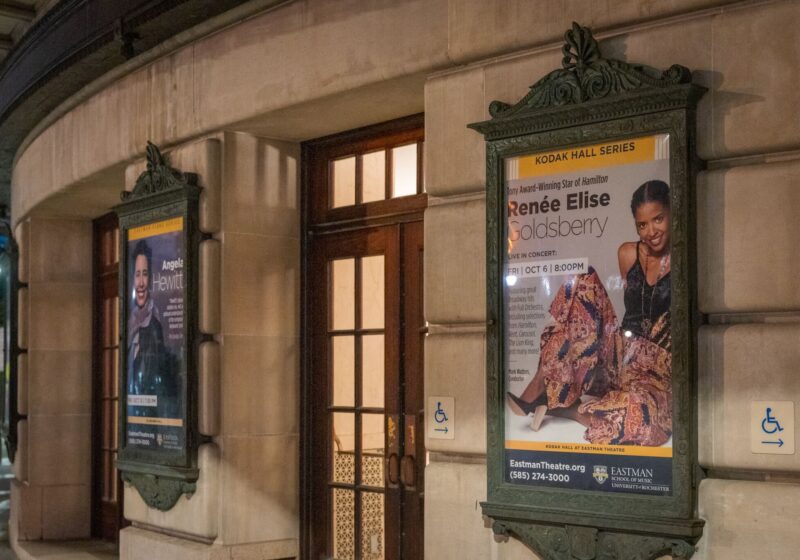The Center for Energy and the Environment (CEE), a new research group at the University of Rochester, will bring together faculty from multiple departments to work on problems related to climate change, renewable energy and public health. The CEE will encourage faculty collaboration, with help from the Laboratory for Laser Energetics and the new Institute for Data Science.
Director of the CEE and chair of the Earth & Environmental Sciences Department Carmala Garzione said in an email, “Our goal is to facilitate new interdisciplinary connections in naturally aligned research areas that don’t normally communicate because they are housed in different departments or schools.” Garzione stressed the interdisciplinary focus of the CEE, noting that while a great deal of green energy and environmental research is already going on at UR, the CEE will focus on bringing these research interests together.
The CEE does not yet have a central office, but it will eventually be organized from an administrative center on campus. The location has not been decided; however, Garzione noted that the CEE will not have research labs of its own, instead using the existing research labs of departments that fall under the CEE. “The specific location of research labs is less important than activities and events that bring people together to share their research and ideas for new research topics,” Garzione said. Funding for the CEE will come from outside grants to individual professors, not from the University.
Most research in the CEE falls into one of three categories: energy production, climate research and environmental public health. The center’s energy research is focused on alternative energy methods such as solar power, methanol fuel and natural gas. “Research on new energy technology is aligned with public health and environmental health efforts,” Garzione said. In this way, the CEE hopes to work towards clean energy methods with minimal effects on humans and the environment.
The CEE’s climate research encompasses the study of Earth’s environmental cycles as well as how humans have changed those cycles in the last several decades. One topic of interest is the toxicity of metals and trace elements in human tissues, a growing concern in the field of geochemistry. The public health aspect of the CEE, meanwhile, is largely focused on the human health effects of energy research. The byproducts of energy research—nanoparticles, radiation and trace metals—are being studied so that renewable energy can be made as safe as possible.
The CEE website lists 63 faculty members who are involved with the center. The CEE is currently led by Garzione, along with two associate directors: professor of chemistry William Jones and associate professor of Public Health Sciences David Rich.
“[The CEE] is a faculty-driven effort,” Garzione said. CEE researchers have already come together on various seminars, and an annual workshop is planned which would include UR students, professors and outside speakers on a research topic of interest.
Passanisi is a member of
the class of 2017.

